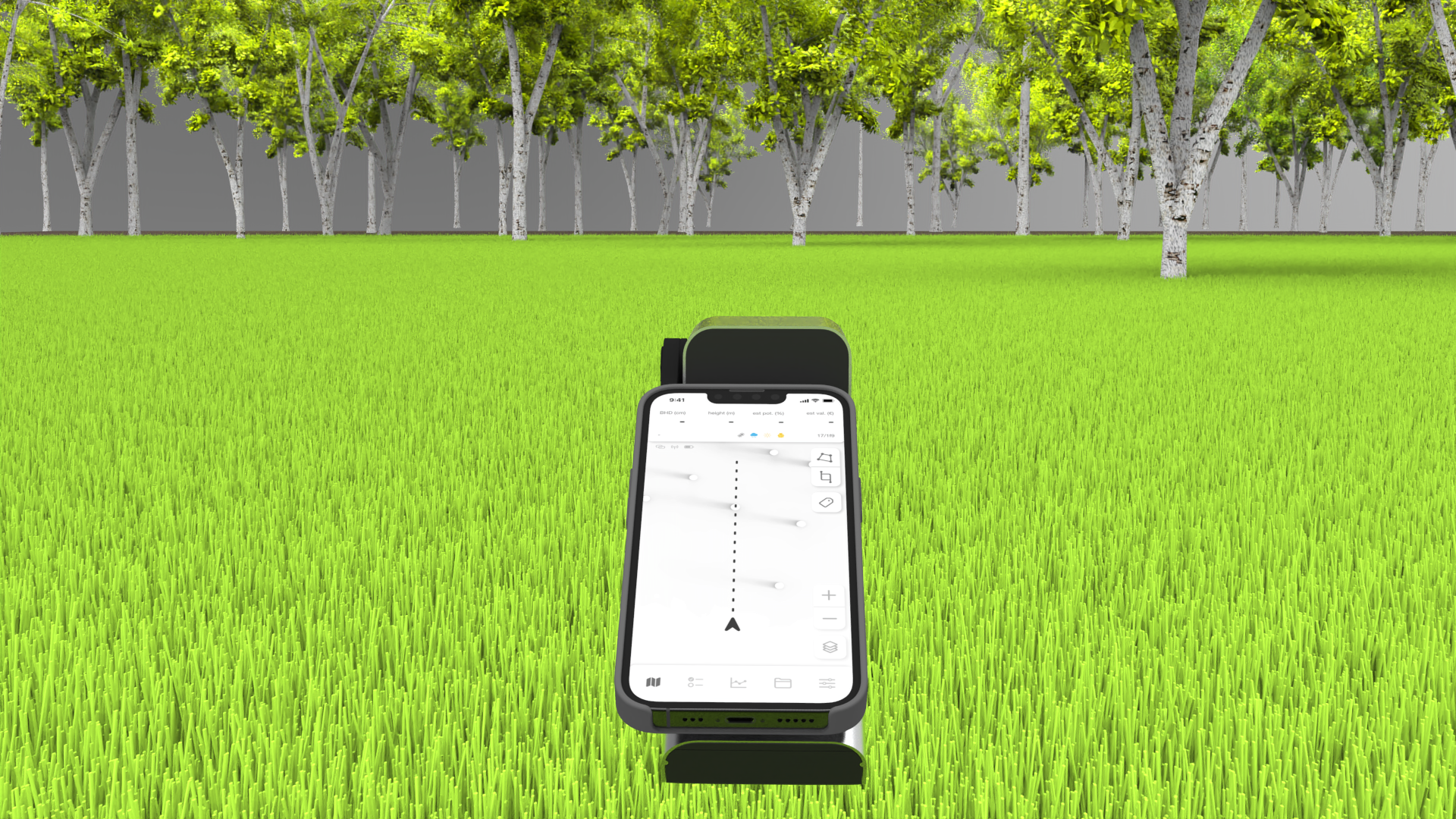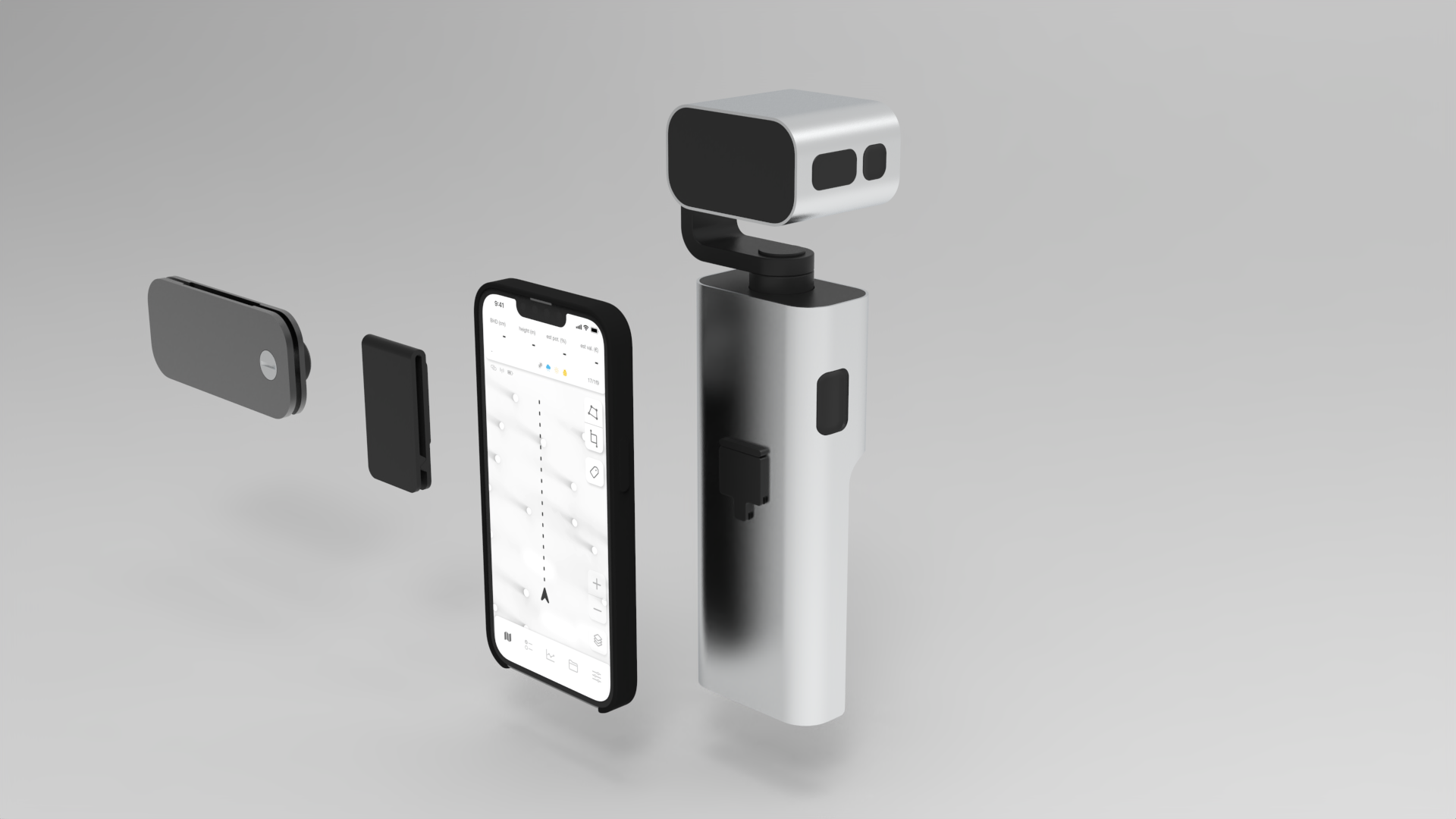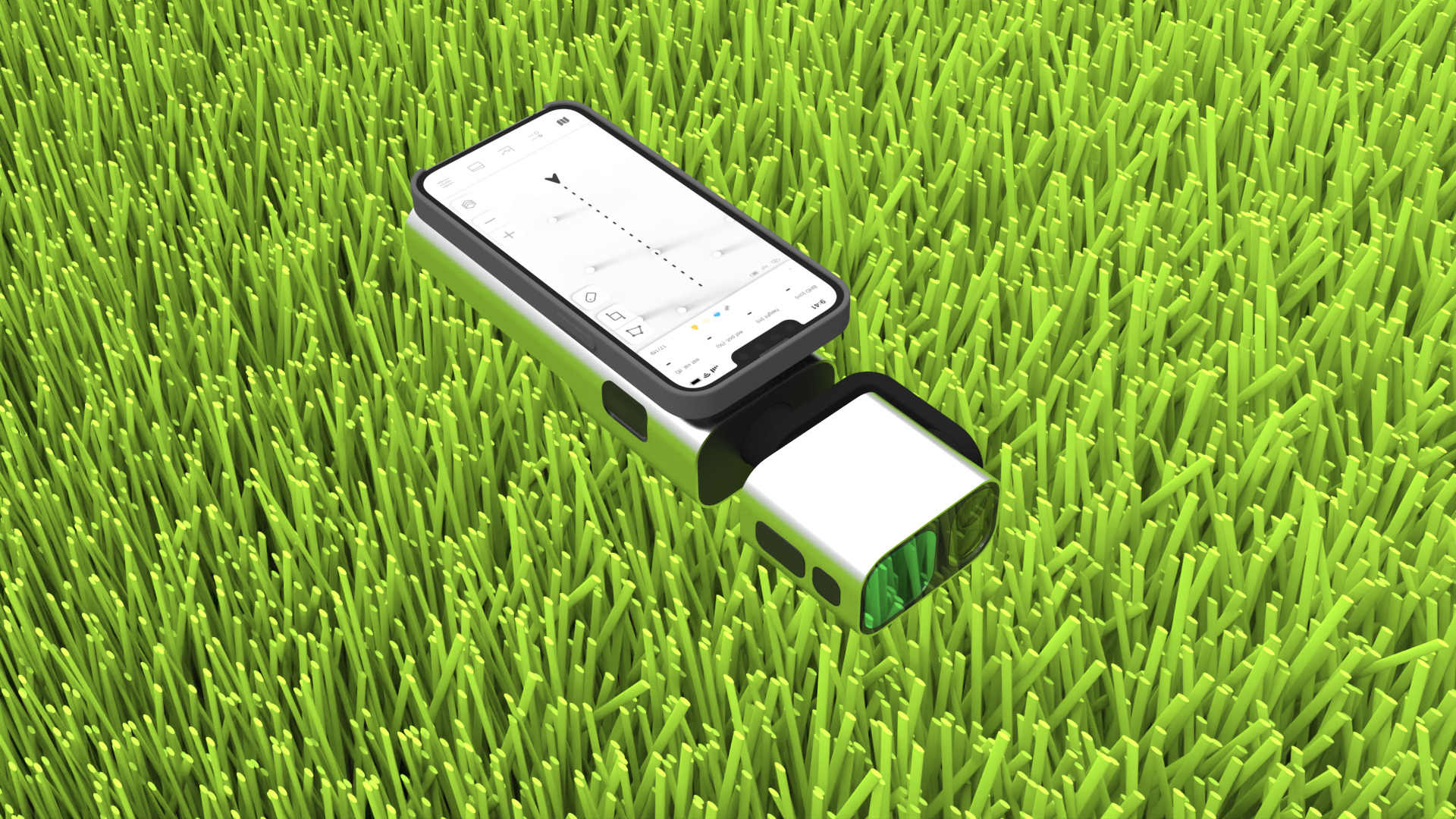forestsense
Basic information
Project Title
Full project title
Category
Project Description
due to the consequences of climate change, the situation of the forest is deteriorating so rapidly that foresters on their own have hardly any control. software could already improve operational management today, would enable more sustainable interventions and the application of artificial intelligence. for this purpose, a system for collecting and analyzing data was developed, which simultaneously enables data recording and allows a connection between the real and the digital world.
Geographical Scope
Project Region
Urban or rural issues
Physical or other transformations
EU Programme or fund
Which funds
Description of the project
Summary
the high complexity of the work led me to summarize the project in a short two minute video. the video helps to understand the project quickly: https://vimeo.com/674902466
due to the consequences of climate change, the situation of the forest is deteriorating so rapidly that foresters on their own have hardly any control.
software could already improve operational management today and would enable more sustainable interventions and the application of artificial intelligence in the future. however, in order to be able to record and utilize data in the forest, an interface is needed that supports foresters in their everyday work.
for this purpose, a platform was developed that has sensors that create an image of the forest through three-dimensional data and color values. furthermore, spectral sensors enable the forester to detect diseased trees at an early stage. the sensors also establish a connection between the forest and the smartphone, on which data can be evaluated and decisions can be made.
the platform was enclosed in an aluminum extrusion that provides additional protection for the sensors and, with its robustness, is easy to integrate into everyday work. a gimbal enables autonomous data collection.
Key objectives for sustainability
the system should provide a better understanding of the forest and its developments. immediately, the work in the forest would become more effective, which would, for example, provide more speed of reaction in case of beetle spread. in the future, developments of whole forests could be monitored and controlled in a better and more sustainable way.
the development of these processes does not happen from one day to the next. the forestsense system first takes over the work of data collection, then the evaluation of the data step by step, which enables the forester to make better decisions. if enough data and decisions are collected, machine learning can be used to better control the effectiveness of the decisions.
important in this approach is that the integration of the system is done slowly and sustainably and no hasty decisions are made. it should be used to support the forester's work not as a substitute. thus, from the beginning only an improvement of the work is possible no deterioration.
in the development of the physical platform, special attention was paid to slow durability and robustness in for the working environment, for which the metallic outer shell was used in particular. for improved usability (weight, size, integration of functions), the rest was made of plastic, which could be screwed together.
the main part of sustainability, however, is not expressed in the physical product, but in the processes it enables. the recording allows for more effective, precise and sustainable intervention in the developments of the forest.
Key objectives for aesthetics and quality
for formfinding of the work another video was created that briefly explains why decisions were made: https://vimeo.com/682742414
during the development of the form, the forester as user was in the foreground. user-friendliness is particularly important for the effectiveness of the application, as the system is aimed at a market that has so far only worked digitally to a limited extent. at the same time, the device should integrate into everyday work both functionally and aesthetically. therefore, an outer shell made of an aluminum extrusion was chosen, which makes the device very robust and less vulnerable to scratches due to the uncoated raw material. furthermore, the expensive sensors and batteries are well protected. for the inner molded parts, a pp plastic was chosen that allows more freedom of shape and enables the integration of receptacles and other functions. the battery in the rear part of the device forms a soft surface that is comfortable to hold, even for longer periods of time. nevertheless, battery is well protected and removable.
in the overall impression, the device may well have a more upscale feel, due to the more expensive sensors. likewise, high precision, good everyday usability and strong robustness should be expressed by the look.
Key objectives for inclusion
the system's use could have an impact on the forest industry as a whole, which largely affects our environment and therefore affects us all, so implementing the system would provide many people with a healthier environment.
furthermore, data collected with the devices could be made open source available to the general public. this would allow research and other foresters to benefit from the results of the platform.
the physical design of the device is very much oriented towards forest use and therefore allows for gloves, for example. the interface for the smartphone makes it possible to use devices from different companies and additional covers make the device usable for left-handed people as well.
the software and hardware have been kept as simple and easy to understand as possible to make it easier for people who have been working with analog devices to get started. for example, care has been taken to ensure that even smaller hands can easily reach all the functions on the display.
Physical or other transformations
Innovative character
during the development of the work, there were many contradictions that had to be united. the biggest problem that had to be overcome was the unification of the digital work with the real world. the reason for the low diffusion of digital tools in forest work is the poor unification of the complex environment with the abstracted digital interface. for this purpose, a kind of remote control was developed, with the capabilities of data acquisition and data evaluation. the use of this interaction platform is as intuitive as possible, so that it can be adapted by a previously very analog work field.
the high complexity of the forest, actually also requires a high complexity of functions within the software. on the other hand, this complexity should be reduced as much as possible to make the work as easy as possible. this reduction has been done in the shown app as much as possible.
in addition, it can be said that the complexity can increase over time, since the evaluation of the data by machines also allow intelligent suggestions, which would then allow a higher complexity but also simple usability.






